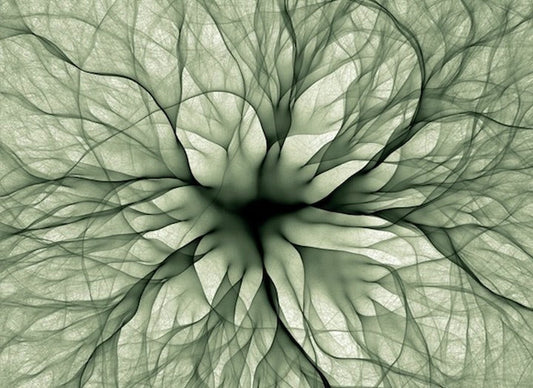What Is Considered Art?
We know there is a large spectrum to what we deem art is. One of the most extraordinary things about art is that it can be interpreted in many different ways. But what is considered art? Is a stunning kitchen just an art installation? Who is determining what art is and what it is not? What is considered art?
There are certain mediums that are definitively considered art—paintings, sculptures, drawings, and sketches. Then there are other creations that can also fall under the art category, such as films, plays, novels, interior design, music, and architecture. With artists consistently pushing the boundaries of traditional art, it can be hard to keep up with what art really is.
Art is “the expression or application of human creative skill and imagination, typically in a visual form such as painting or sculpture, producing works to be appreciated primarily for their beauty or emotional power.”
With that description in mind, you can’t help but wonder what else can live under the art category. If art is a visual expression of imagination, are dreams a form of art? Is coffee art a creative skill? Although these things may not be the first listed or thought of, both still hold creative value.
The materials artists use play a factor in the type of art they create. Acrylic, oil, and watercolor paint can label a piece as a painting. Clay is often used for creating pottery; marble and stone for sculptures. These materials help us categorize art. However, humans haven’t always used luxurious oil paints to create magnificent paintings.
The very first known art form is a hand-painted pig in a cave dating back to over 45,000 years ago. The artist used ochre—a natural earth clay pigment that ranges from a yellow to deep orange color. Other materials artists have used long ago range from tempera paint—a paint made of pigment mixed with egg yolk and water—to encaustic—a pigment that was mixed with beeswax.

But materials aren’t everything. The groundwork for creating art involves an idea, an inspiration, a muse. A large part of art’s definition is the application of human creative skill and imagination. In a world where there are more inspirations than ever conceivable, art’s multifaceted profile continuously challenges the big question: What is art?
We could interrogate the definition of art word by word, questioning each phrase just like we do with art. But sometimes a “stunning kitchen” just simply comes down to semantics and nothing more. We could argue that some artworks are created without emotional power or beauty. Would it still be considered art? Most would say yes. Unemotional paintings are paintings and a painting is considered art. Possibly because it has no meaning, there is an even deeper meaning that could easily lead to an existential crisis. Some call this frustrating. Artists call it a success. A strong piece of art leads to questions, curiosity, the feeling of uneasiness, or a sensation of nostalgia.
So Who Is Deciding What Art Is and What It Is Not?
Is it journalists? Artists themselves? Museums? Museum-goers? Critics? Art curators?
Museums are the hub for the latest and greatest of art; they are also a symbol of art in general. Curators scour high and low for the best pieces and artists to put on display—segregating certain art categories from others. The MET and Louvre aren’t showcasing beautifully plated five-course meals or Madonna lyrics. So does that automatically exile food and music from being considered art? It’s all subjective.
Similar to the fashion industry, there are trendsetters and there are companies who highlight certain collections. Salvador Dalí is arguably one of the most notable trendsetters in Surrealist art. Claude Monet is one of the catalysts for the Impressionist movement. Both of these men created art that is unquestionably considered art. Museums such as the Museum of Modern Art (MoMA) and the Metropolitan Museum of Art (MMA) have emphasized their creations by displaying them on walls with high ceilings and bright spotlights.
Though museums house thousands of paintings, they are not the only factor in defining what art is. Museums are just a place where specific mediums—paintings, sculptures, and sketches—reside. Since we know that, by definition, movies are categorically art, so why are they not featured in art museums? Or are movie theatres just museums specifically for films?

Art Will Always Pose Questions and Deep Thinking
Art is a visual display of human creativity and skill, typically in the form of a painting, sculpture, or drawing. Then, there are subcategories that some also consider art: movies, furniture, and architecture. So who is to say what art is and what it is not? Creativity knows no bounds.
A billboard on the side of a highway, an advertisement on Instagram, or a world-renowned painting in the Louvre—regardless of its notoriety or complexity, any human creation is art. Even if it is years later, art will always find its way back into your mind making you wonder, “What inspired that design? Is that even considered art?” It’s hard to state a distinct answer. Yes, there are definite answers as to what constitutes art, but, like art itself, the answer is up to you.
©ArtRKL™️ LLC 2021-2023. All rights reserved. This material may not be published, broadcast, rewritten or redistributed. ArtRKL™️ and its underscore design indicate trademarks of ArtRKL™️ LLC and its subsidiaries.





